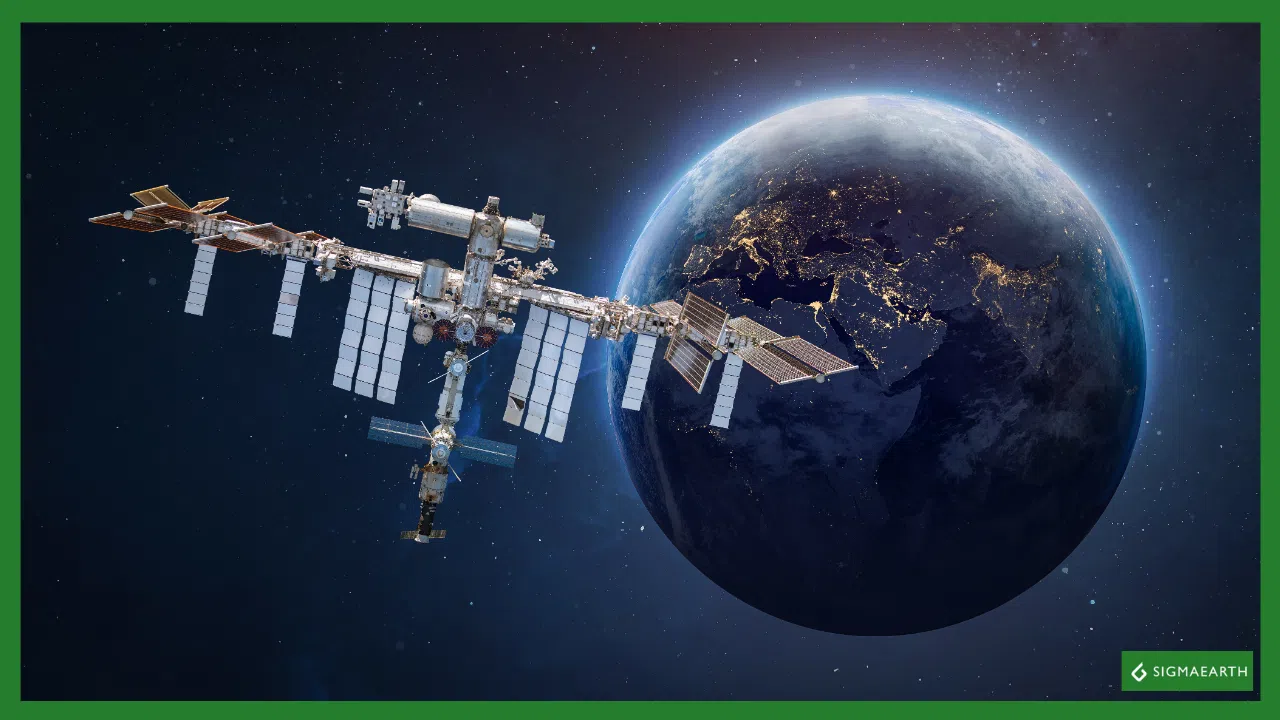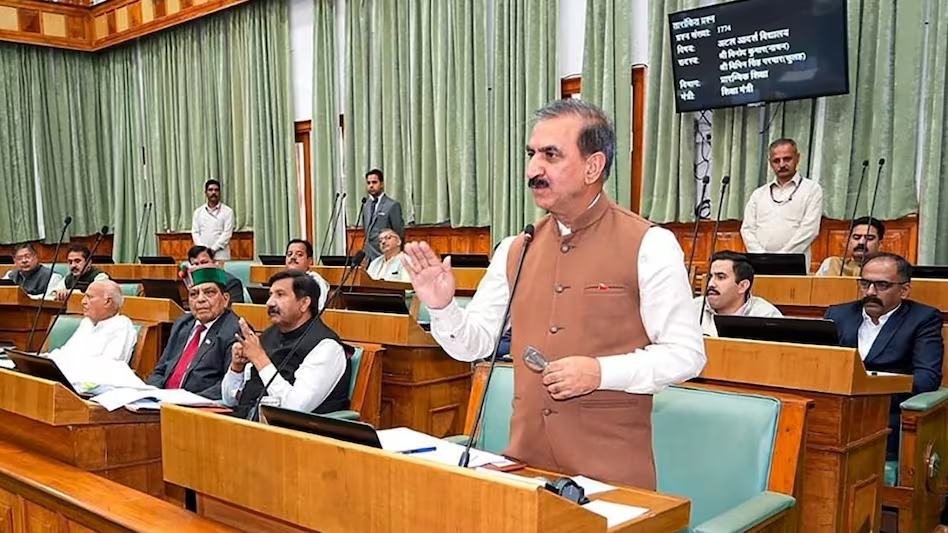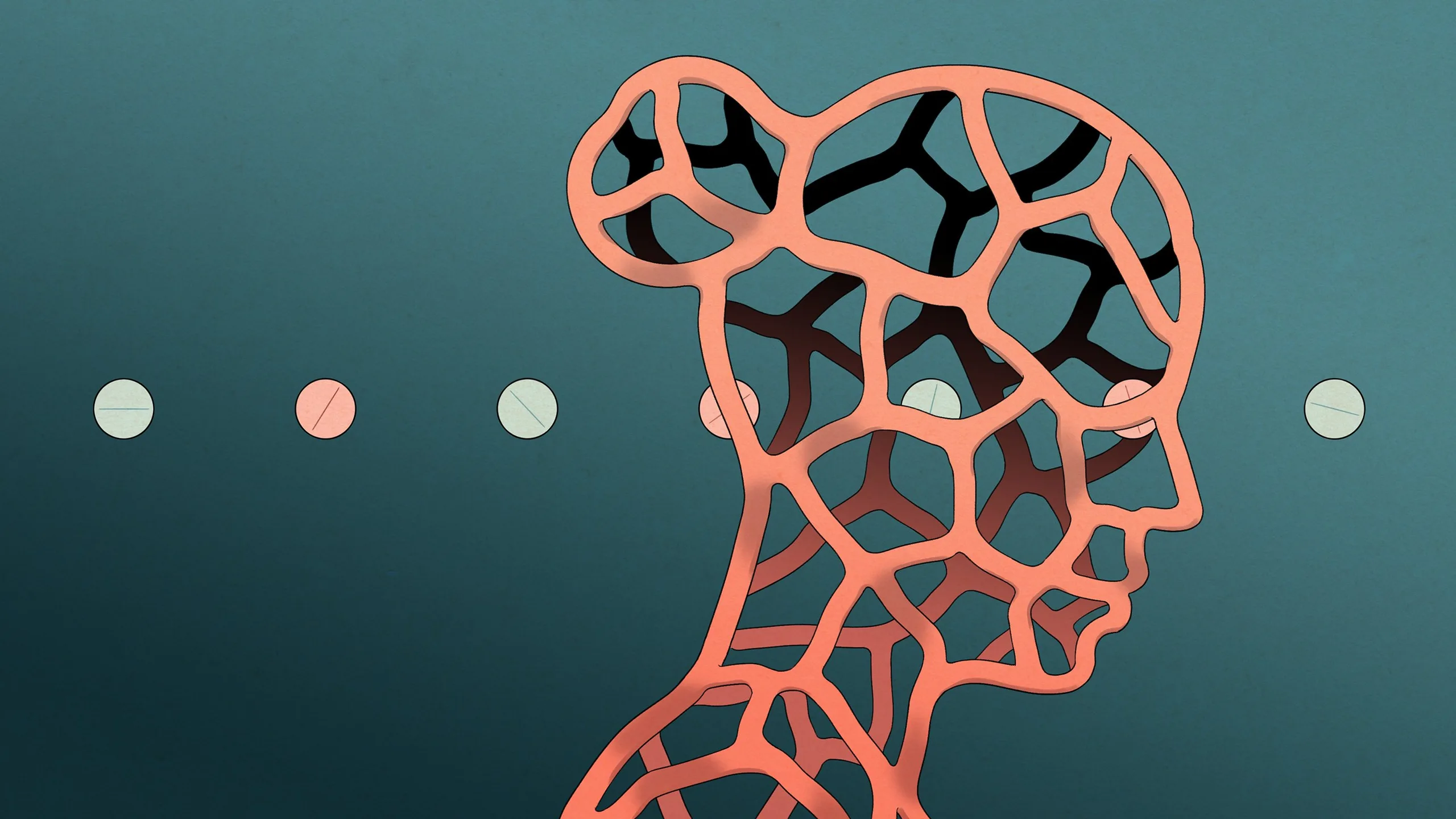- Courses
- GS Full Course 1 Year
- GS Full Course 2 Year
- GS Full Course 3 Year
- GS Full Course Till Selection
- Answer Alpha: Mains 2025 Mentorship
- MEP (Mains Enrichment Programme) Data, Facts
- Essay Target – 150+ Marks
- Online Program
- GS Recorded Course
- Polity
- Geography
- Economy
- Ancient, Medieval and Art & Culture AMAC
- Modern India, Post Independence & World History
- Environment
- Governance
- Science & Technology
- International Relations and Internal Security
- Disaster Management
- Ethics
- NCERT Current Affairs
- Indian Society and Social Issue
- NCERT- Science and Technology
- NCERT - Geography
- NCERT - Ancient History
- NCERT- World History
- NCERT Modern History
- CSAT
- 5 LAYERED ARJUNA Mentorship
- Public Administration Optional
- ABOUT US
- OUR TOPPERS
- TEST SERIES
- FREE STUDY MATERIAL
- VIDEOS
- CONTACT US
India’s First Bio-Experiments in Space
India’s First Bio-Experiments in Space
20-05-2025

Why in News?
- India is will conduct its first-ever biological experiments in space on the International Space Station (ISS).
- These experiments will be part of a space mission called AXIOM-4, which is planned to launch on June 8, 2025, from NASA’s Kennedy Space Center in the USA.
- This is a joint effort by Indian Space Research Organization (ISRO), Department of Biotechnology (DBT) and NASA.
- The project is part of a larger plan called the BioE3 Policy, which focuses on using biotechnology to help the economy, protect the environment, and create jobs.
Biological Experiments Planned on the ISS:
- The Scientists from the International Centre for Genetic Engineering and Biotechnology (ICGEB) are working on these experiments.
- Microalgae Experiment:
- Objective: To study the effects of microgravity and space radiation on the growth of edible microalgae.
- Significance:
- Microalgae are nutrient-rich, high in proteins, lipids, and bioactive compounds.
- They show high photosynthetic efficiency, aid in oxygen production, and CO₂ absorption, crucial for life support in space.
- Fast-growing with short life cycles, they are ideal for sustainable food and air regeneration in long-duration space missions.
- Expected Outcome: Identification of the most suitable microalgae species for space-based life-support systems.
2. Cyanobacteria Experiment:
- Organisms Studied: Spirulina and Synechococcus.
- Mediums Used: Urea-based vs. nitrate-based nutrient environments.
- Objectives:
- To explore Spirulina’s potential as a “space superfood” due to its high protein and vitamin content.
- To assess the ability of cyanobacteria to recycle carbon and nitrogen from human waste in closed-loop life support systems.
- To study metabolic adaptation and proteomic responses under microgravity.
- Significance: Enables development of self-sustaining recycling systems for future extraterrestrial habitats and space colonies.
Significance of the Experiments for India:
- Strategic Leap in Space Biotechnology: Supports long-term space missions through food, oxygen production, and waste recycling.
- Strengthens International Collaboration: Aligns with NASA and global scientific bodies.
- Boosts India’s Global Position: Reinforces India’s emergence as a leader in biotechnology and space research.
BioE3 (Biotechnology for Economy, Environment, and Employment) Policy
- Launched: In 2024, by Department of Biotechnology (DBT), Ministry of Science & Technology.
- Objective:
- It aims to provide a strategic framework to promote cutting-edge bio manufacturing technologies and align innovative research with the goal of transforming bio manufacturing in India for efficiency, sustainability, and quality.
- Alignment with National Goals:
- Supports Green Growth vision (Union Budget 2023–24)
- Aligns with the LiFE (Lifestyle for Environment) initiative
- Supports India’s Net-Zero Carbon goals
- Backed by the Interim Budget 2024–25 with a dedicated scheme
- Key Components:
- BioEnablers Initiative:
- Includes Biofoundries, Biomanufacturing Hubs, and Bio-Artificial Intelligence (Bio-AI) Hubs
- Aim: Facilitate scale-up of bio-based technologies, promote data-driven R&D, and provide training and internships
- BioEnablers Initiative:
- Thematic Priority Sectors:
- Identified through national consultations and expert committees:
- Bio-based chemicals and enzymes
- Functional foods and smart proteins
- Precision bio therapeutics
- Climate-resilient agriculture
- Carbon capture and utilization (CCU)
- Futuristic marine and space research
- Identified through national consultations and expert committees:
International Space Station (ISS)
- Launch Date: November 20, 1998
- Habitation: Continuously inhabited since 2011
- Altitude: Orbits Earth at about 400 km
- Speed: Travels at 28,000 km/h, completing an orbit approximately every 90 minutes
- Participating Agencies:
- NASA (United States)
- Roscosmos (Russia)
- ESA (European Space Agency)
- JAXA (Japan Aerospace Exploration Agency)
- CSA (Canadian Space Agency)
- Primary Objectives:
- Advance scientific research in space and microgravity
- Study the effects of long-term spaceflight on the human body
- Test technologies for future missions to the Moon and Mars
- Promote international cooperation in space exploration
- Showcase advancements in robotics, solar power generation, and other technologies relevant to future space missions.




